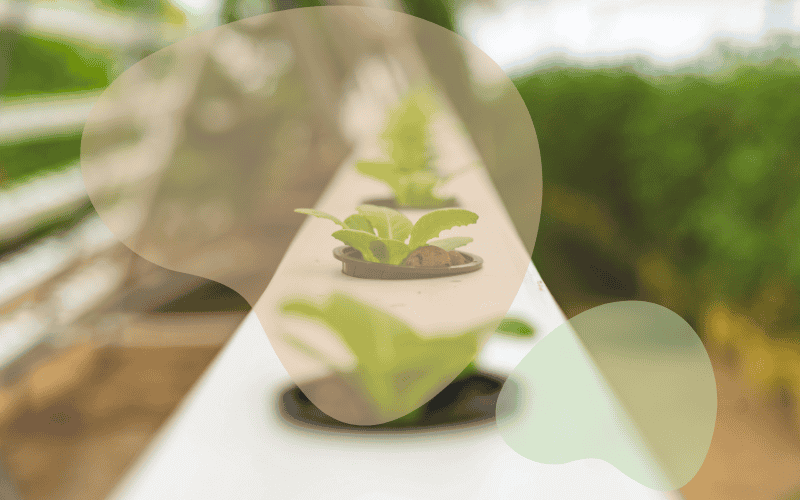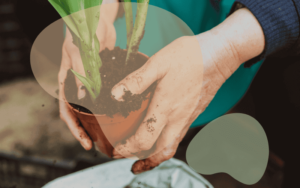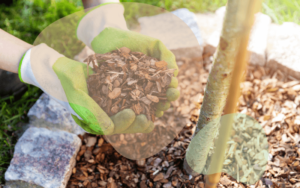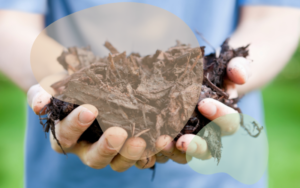Do you love gardening but lack outdoor space? Dreaming of fresh, homegrown produce year-round? Hydroponic gardening might be the perfect solution to get you growing—without soil, weeds, or seasonal limitations. Let’s explore this innovative and viral gardening method and how you can start your own hydroponic setup at home.
What Is Hydroponic Gardening?
Hydroponic gardening is a method of growing plants without soil. Instead, plants receive nutrients directly through a water-based solution, allowing them to grow faster and more efficiently. Seeds or seedlings are placed in a soilless growing medium such as coconut coir, LECA (lightweight expanded clay aggregate), rockwool, perlite, or gravel. These materials provide support while allowing roots to absorb oxygen and nutrients more effectively than traditional soil.
In hydroponic systems, water infused with essential nutrients is circulated to the plants, often through pumps or wicking methods. Instead of relying on the sun, specialized grow lights provide the necessary light spectrum for plant growth, making it possible to garden indoors all year long—even in colder climates.
Pros and Cons of Hydroponic
Just like any gardening method, hydroponic systems come with their own challenges. Here’s a balanced look at what to expect:
| Factor | Seed Starting | Transplanting |
|---|---|---|
| Cost | Lower (seeds are inexpensive). | Higher (nursery plants can be costly). |
| Variety | Offers a wider selection of plants. | Limited to what’s available in stores. |
| Time Commitment | Requires several weeks of preparation indoors. | Shorter, as plants are already partially grown. |
| Ease of Use | Involves a learning curve for beginners. | Easier but may involve transplant shock. |
| Control Over Growth | Full control over growing conditions. | Minimal control after purchasing plants. |
Best Plants for Hydroponic Gardening
Many plants thrive in hydroponic environments, but some are more well-suited for this method. For better chances at succeeding, here are the best crops to grow in your hydroponic garden:
- Lettuce & Salad Greens – Fast-growing, compact, and perfect for small hydroponic setups. Varieties like Romaine, Butterhead, and Salanova mature in as little as four weeks.
- Kale & Leafy Greens – Hardy and nutrient-dense, kale, collard greens, and mustard greens are excellent for year-round hydroponic production. If you are exploring the idea of commercial farming in hydroponics they are a good low cost option to start with.
- Spinach – Thrives in hydroponic systems, especially during cooler months. It matures quickly, providing continuous harvests.
- Herbs – Basil, cilantro, parsley, thyme, dill, and mint flourish in these systems, so you can have fresh flavors for cooking all year round with minimal space requirements.
Crops Better Suited for Outdoor or Large-Scale Hydroponic Systems
- Cucumbers – baby cucumber varieties work best, especially those bred for container gardening.
- Tomatoes – Can be grown indoors with strong grow lights, but greenhouse hydroponic setups provide the best results. If you have a small space determinate (bush) varieties will work best.
- Strawberries – Ideally grown in a greenhouse for optimal light exposure. Bare-root plants perform better than seeds in hydroponic systems.
- Peppers – Bell and hot peppers require warmth and space but thrive in large hydroponic setups with adequate lighting.
- Eggplant – Needs ample light and warmth, making it more suitable for outdoor hydroponic gardening or well-lit indoor setups.
Hydroponic Gardening Tips for Beginners
Start Small with a Grow Kit
Before diving into a complex system, consider using a tabletop hydroponic grow kit. These kits simplify the learning process and help you understand nutrient management, water cycles, and plant care in a controlled environment.
Choose the Right Hydroponic System
There are several types of hydroponic systems, each suited to different plant types and space requirements:
- Deep Water Culture (DWC): Best for leafy greens and herbs. Roots are suspended in oxygenated, nutrient-rich water.
- Nutrient Film Technique (NFT): A thin layer of water flows continuously over plant roots, ideal for lightweight crops like lettuce.
- Ebb and Flow (Flood & Drain): Periodically floods the plant roots with nutrients, making it great for a variety of vegetables.
- Aeroponics: Roots are misted with nutrients, offering excellent growth rates but requiring precise management.
Monitor for Pests and Diseases
- While hydroponic gardening minimizes soil-borne pests, some insects—such as aphids, thrips, and spider mites—can still appear. Keep a close eye on your plants and introduce beneficial insects or neem oil treatments if needed.
- Assist with Pollination for Fruiting PlantsSince indoor hydroponic gardens lack natural pollinators like bees and wind, you may need to hand-pollinate crops like tomatoes and peppers. A simple way to do this is by gently shaking plants, running a fan near them, or using a small paintbrush to transfer pollen.
- Maintain a Clean and Sterile Growing EnvironmentBetween plantings, thoroughly clean and disinfect your hydroponic system to prevent bacteria, algae, and disease buildup. Use a diluted hydrogen peroxide solution or food-grade disinfectant to sanitize equipment.
Is Hydroponic Gardening Right for You?
Hydroponic gardening offers an exciting way to grow food indoors, making it ideal for urban gardeners, apartment dwellers, and those looking for a sustainable, year-round gardening method. While there is a learning curve, starting small and gradually expanding your setup will help you master the proce
Whether you’re growing fresh herbs for cooking, crisp lettuce for salads, or even experimenting with tomatoes and strawberries, hydroponics opens up a world of possibilities—without ever needing a backyard.🌱




